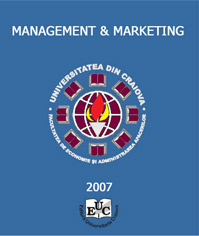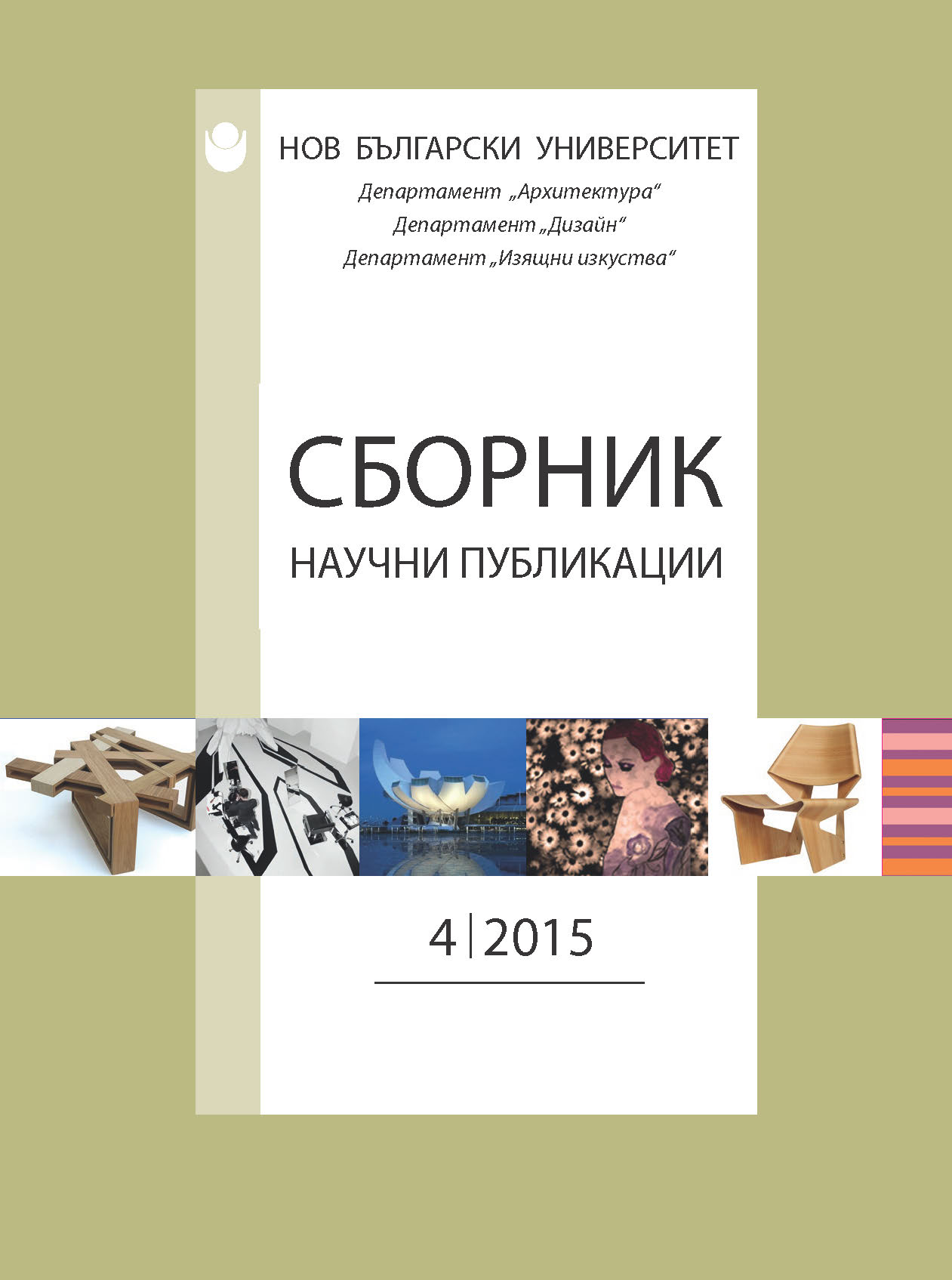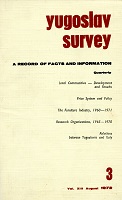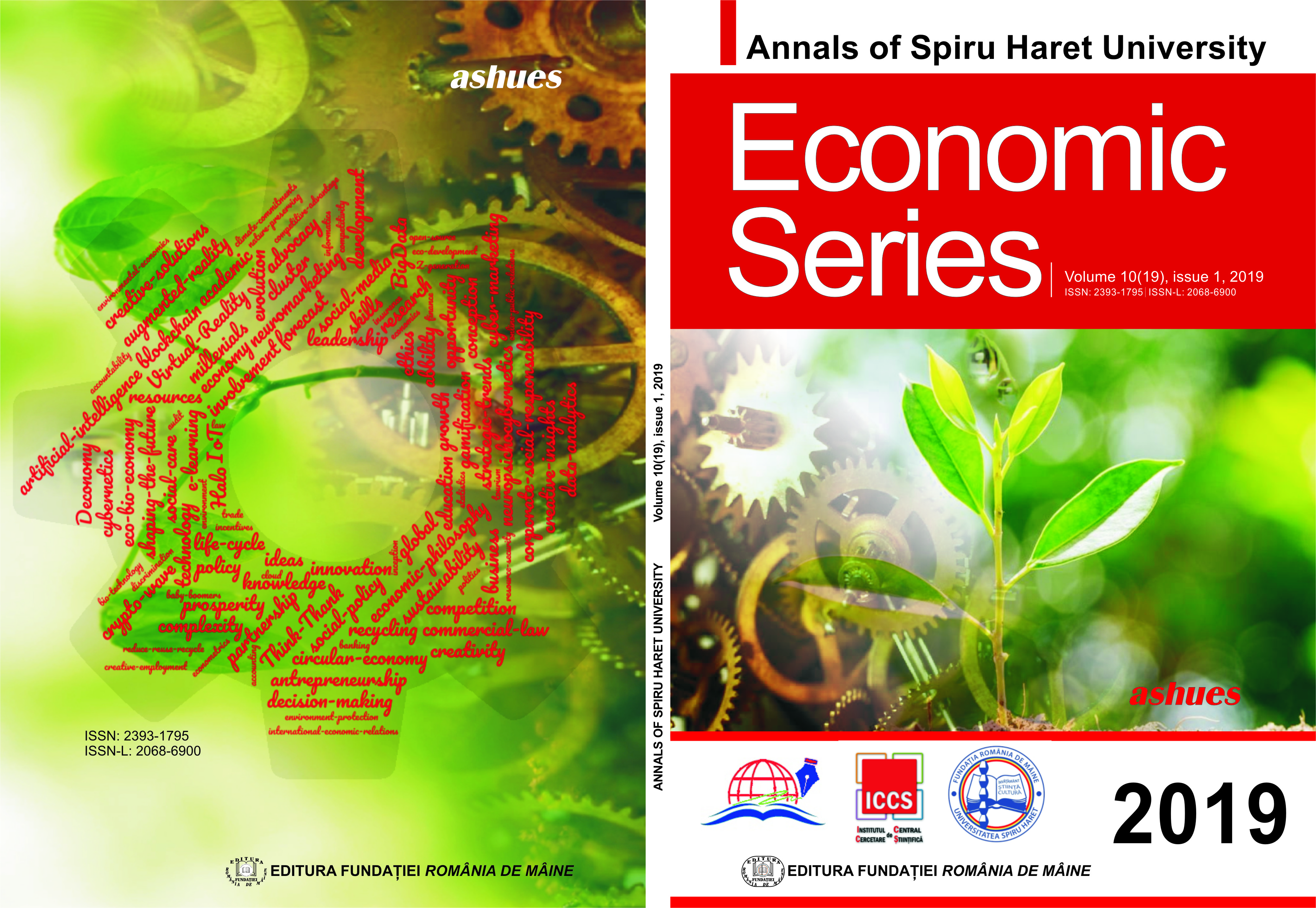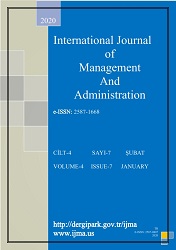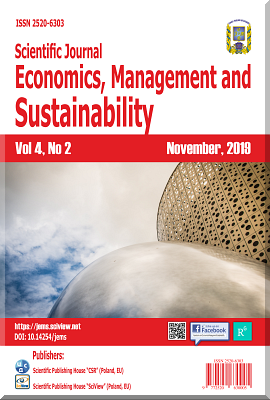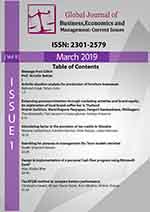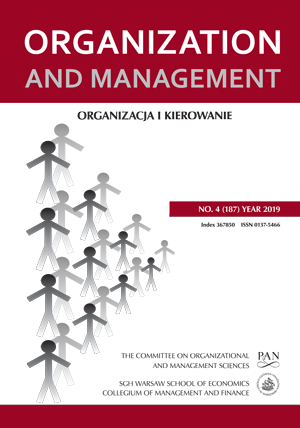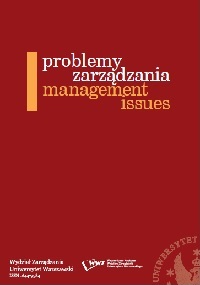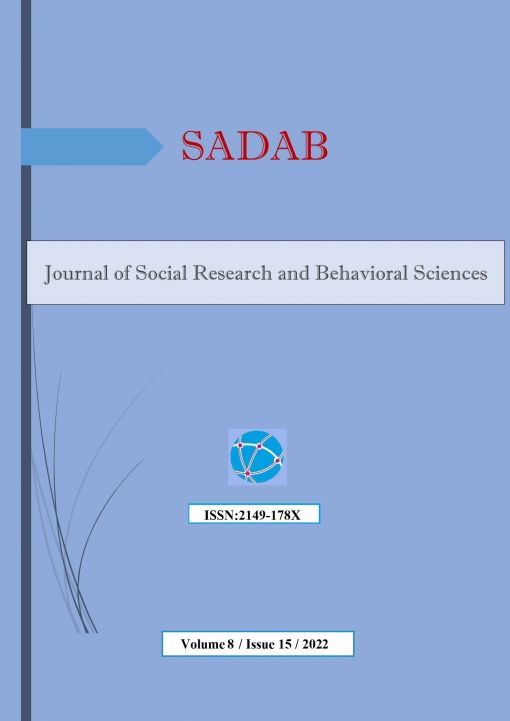Charlotte Perriand’s Équipement: Beyond Modern Furniture
Author(s): Mónica Cruz Guáqueta / Language(s): English
/ Issue: 9/2021
Keywords: female architects; domestic equipment; modern architecture; mass media; decorative arts; social studies; domesticity;
On December 6 1929, the exhibition stand Équipement intérieur d’une habitation [“Interior equipment of a dwelling”] opened its doors to the public as part of the Salon d’Automne, a traditional display of modern and trendy art, architecture, and decoration in Paris. The stand “Equipment of a dwelling” was the result of two years of work by Charlotte Perriand, Pierre Jeanneret and Le Corbusier, and represented their proposal for the image of the “new dwelling” corresponding to the shape of modern architecture. (Fig. 1) When becoming part of Le Corbusier-Jeanneret’s Atelier in November 1927, Charlotte Perriand, a 23 years-old designer from the Union Centrale des Arts Décoratifs - not an architect by title, just as Le Corbusier - was commissioned with the development of the program chaises, tables, casiers [chairs, tables, storage units]. The program had been a core matter in Le Corbusier’s theory of domestic architecture since 1925, when he published L’art décoratif d’aujourd’hui and exhibited the model for a modern dwelling in the Pavilion de l’Ésprit Nouveau, as part of the same year’s Exposition des Arts Décoratifs. Both actions – the book and pavilion - were undertaken simultaneously as part of a strategic movement, focusing on criticizing the prevailing traditional styles in the Salon and the popular taste of Parisian society. The book L’art décoratif d’aujourd’hui demanded the complete abolition of decorative arts, proposing to eliminate the term “decorative,” leaving only the “art” in place. Le Corbusier proposed a new approach to furniture: a rational, organized, and typological one, that would only respond to our human needs and would not have a representative or symbolic content. The meuble-type - referring to furniture - as the correspondent term to the objet-type theory, should only respond to functional requirements.
More...

